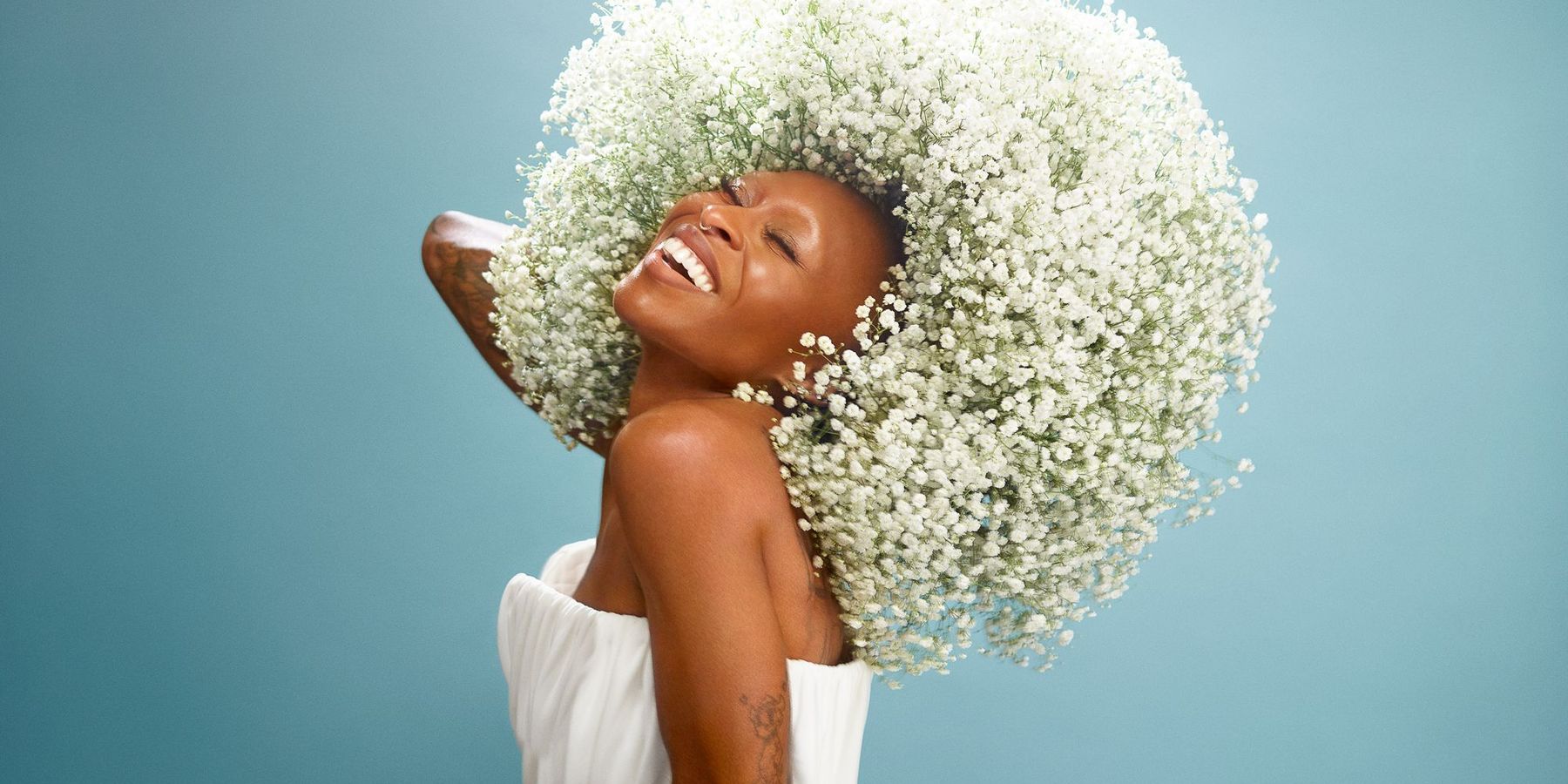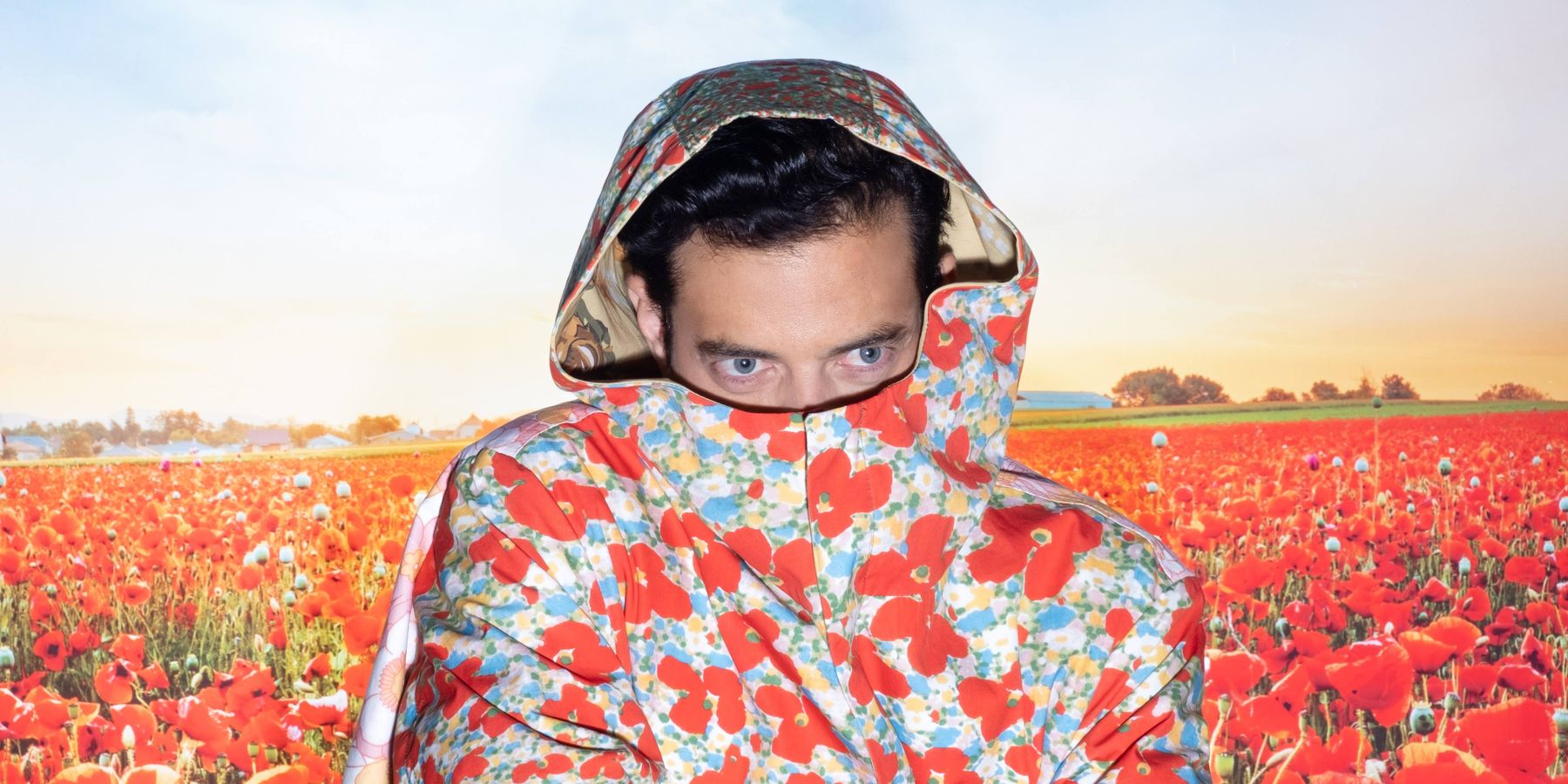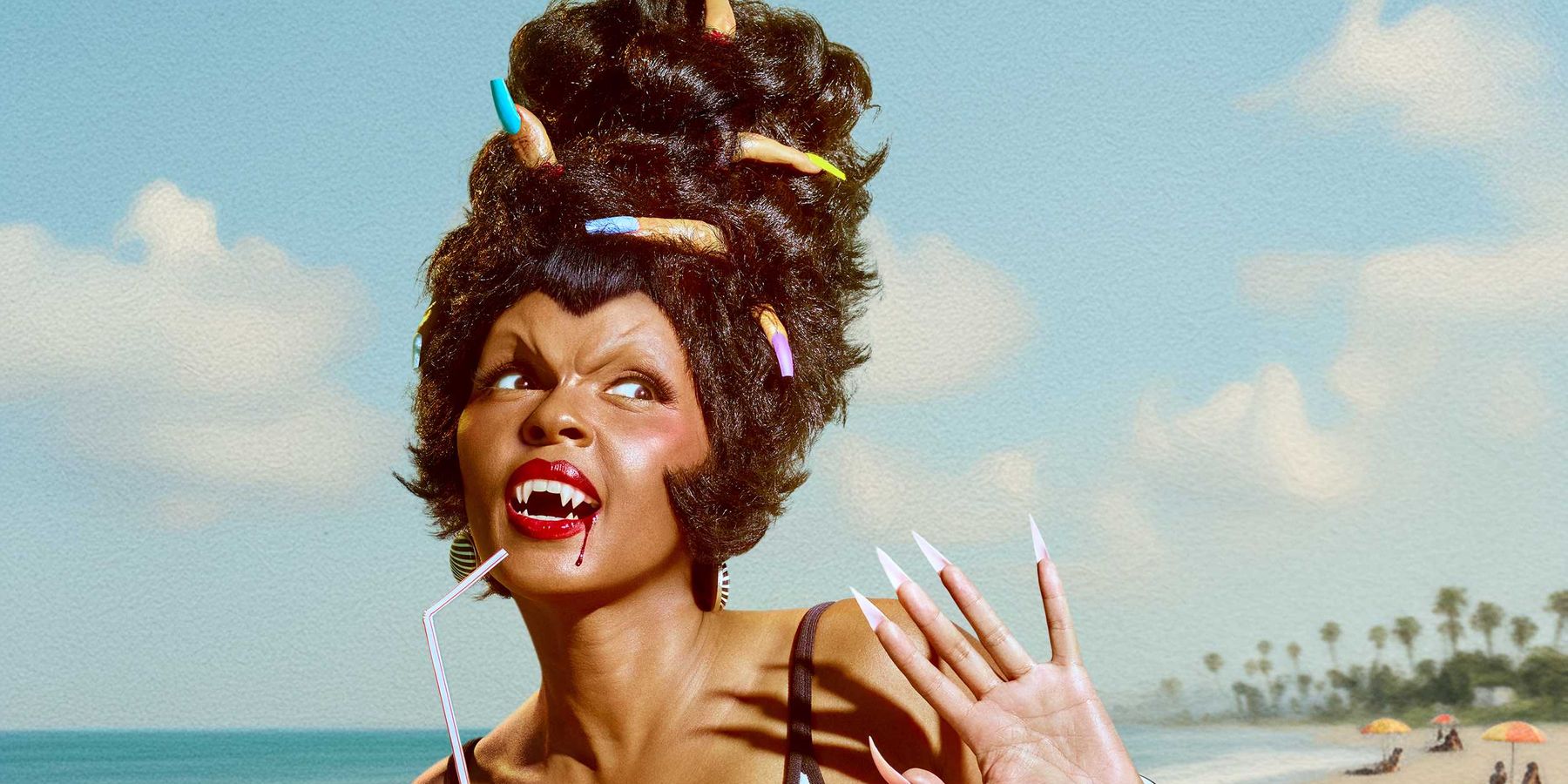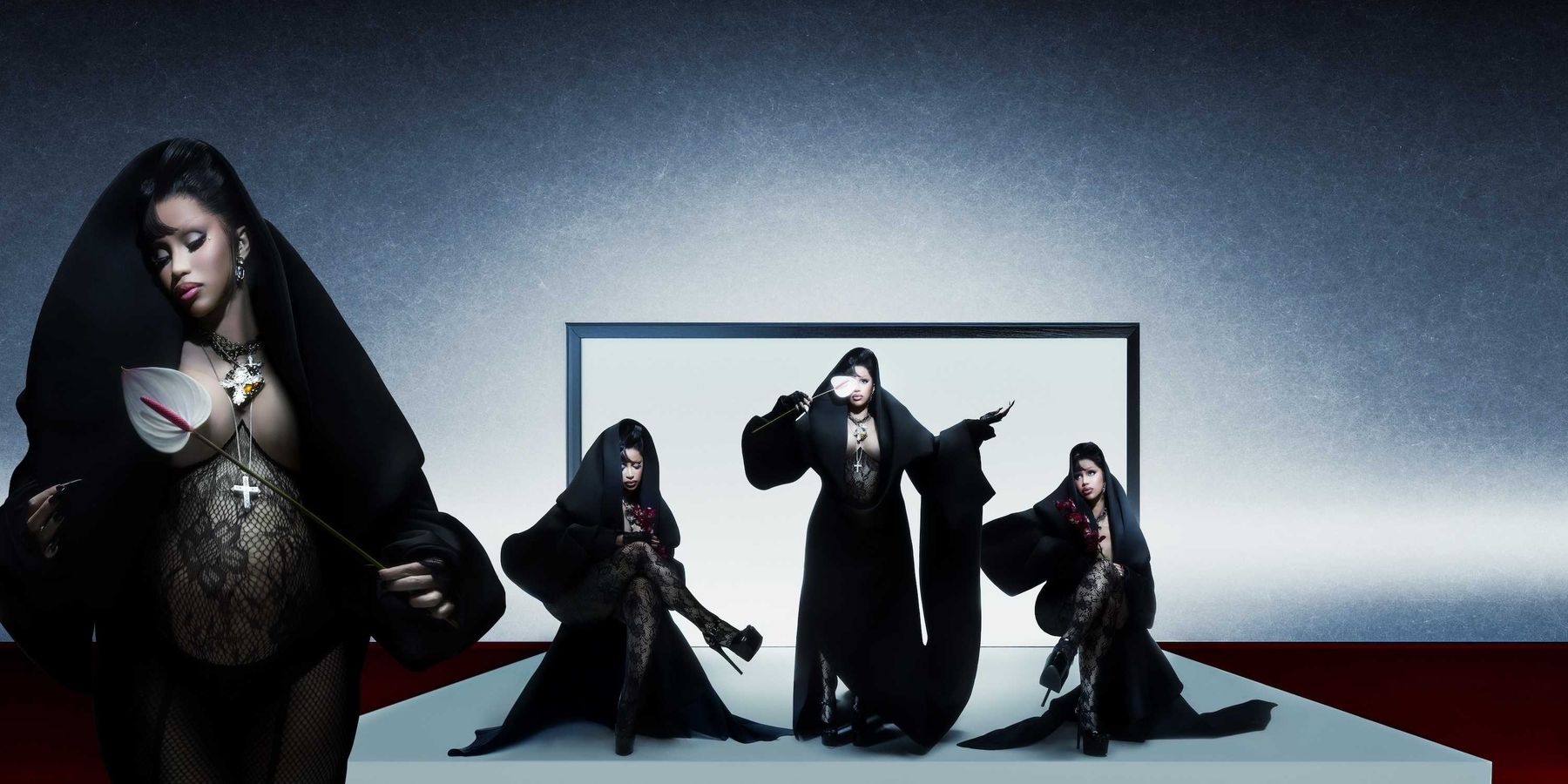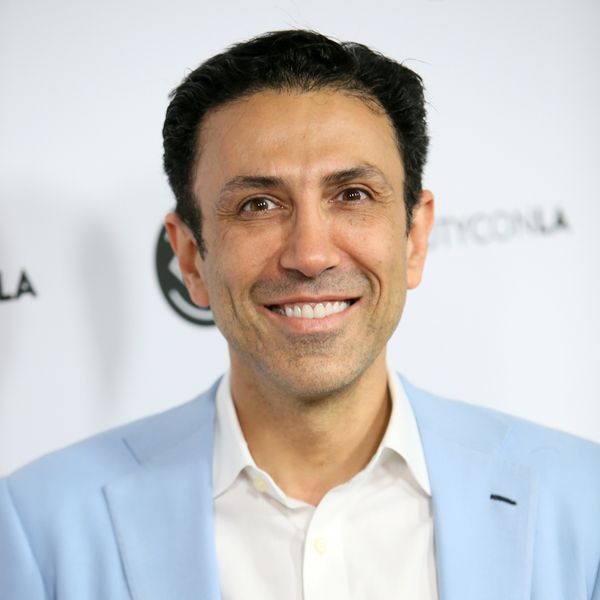
Dr. Ourian on Cosmetic Surgery’s 'Holy Grail'
by Melissa Seley
May 21, 2020
Cosmetic surgeon Dr. Simon Ourian is the A-list's go-to injections expert in Hollywood, counting among his openly vocal celebrity clients Miley Cyrus, Iggy Azalea, Lady Gaga and the entire Jenner-Kardashian clan, including Kylie and Kim. (All of his clients come in for either non-surgical treatments or elective/ aesthetic surgeries; Ourian is not board certified, a requirement under California law to perform medically-necessary or emergency surgeries.)
In January, I sat down with Dr. Ourian in the glitzy waiting room of his Rodeo Drive enclave, Epione, in Beverly Hills to discuss the ways in which the omnipresence of hi-def cell phone screens was beginning to wield noticeable influence on global beauty trends, a conundrum analyzed by British academic Dr. Heather Widdows in her book on the subject, Perfect Me, and dubbed "Instagram Face" in a New Yorker article by Jia Tolentino. It was the beginning of a new decade. Neither of us could've foreseen the radical lifestyle changes ahead.
But, as part of a larger thinkpiece on the subject for PAPER, I also wanted to pick his brain about what he thought might characterize "the face" of the 2020s. Social distancing will no doubt stall some of the wild-bordering-on-insane sci-fi procedures he describes. But in its reliance on social media, the Zoom-sphere we've collectively come to inhabit only magnifies the power of the trends.
We know that a highly sculpted, contoured face was the face of the last decade and we seem to be at the same kind of tipping moment like the one in the '90s when we went from a Cindy Crawford face to a Kate Moss face as this cultural symbol and beauty ideal. Given that, what are you seeing, beautywise, for the decade ahead?
There's a certain beauty standard that has stayed around for many centuries that hasn't changed much, but from decade to decade things could change... more chiseled or sculpted. When times are harder and people have to work harder, more chiseled, masculine features become more desirable. When things are easy and life is good, people tend to appreciate more feminine features. Society dictates what features we appreciate more.
What is the thinking on that, that women want to project strength?
Strength and grinding and rolling your sleeves up. You're not the girly girl but you're strong and willing to fight your way up. Those are some of the characteristics that we traditionally attribute to masculinity. As those gender roles change, feminine and masculine features are becoming more intermingled. Men are appreciating more feminine features on their face and women are gravitating to more masculine features; it's not as clear cut as it used to be. Because of this, in the last decade, you saw a lot of chiseled features come into play. Entering into the mix is also our desire to be more healthy and live a longer life. Longevity and health go hand in hand with looking lean and [having] chiseled features.
In this moment, where are we at with that dynamic?
We are gravitating more so than ever before to youth being the strongest value of anything. If you start to look too chiseled you start to look older and if you're too plumped, you start to look childish. Somewhere in between is my goal: for someone to look [like they're] in their best 20s. Of course, we don't have the tools or skills or knowledge to make a 50-year-old person look 25, but we've learned a lot of ways to hack it. Hack: the new word for cheating!
"The problem is, they have looked at so many of their own pictures on filter that they believe that is their face. "
Is there a feature that you've seen people newly thinking about or focusing on?
Cheekbones. Nobody thought about cheekbones before. I stumbled upon it by accident. I've always sculpted and I've always enjoyed making the cheekbones higher because I was influenced by the models of the '80s and '90s who had really nice, high cheekbones. I started transferring that result onto my clients who happen to be influential in their own way and people started to realize you could really change a person's features by giving them higher cheekbones and by contouring the jawline. Those are features that make a person look not just younger but also attractive and that goes back to the way that beauty has always been perceived: symmetry. Even furniture looks more beautiful when it's symmetrical.
So cheekbones, what's next?
One of my personal challenges is: as people age, the eyeballs sink back. And that's because we're missing a fat pad in the back of the eyes. So we can put a fat pad in the back of the eyes surgically, but not in a quick procedure, so that keeps me up at night. How do I put fat pads back behind the eyes without cutting faces?
Which of the next breakthroughs are you closest to cracking?
Skin very nicely. We are achieving 25-50% correction just by using these devices, which create heat. Basically, it's like putting a steak in the oven. Everything shrinks and shrink wraps around your neck and the results are impressive, given that you don't have to do surgery.
Related | Get Cheekbones Like Gaga
Now that Instagram has banned the plastic surgery filter... were those filters accurate?
No. They were overdoing it. They were showing you things, telling you to do things that can't be done. People were bringing that filter in assuming it could be achieved and then they were disappointed that it couldn't be achieved. It's like thinking Monopoly's a real game and wondering why you're not making a million dollars in real life.
So is it common for people to apply a filter to their face and bring it into you?
Umm yeah. The problem is, they have looked at so many of their own pictures on filter that they believe that is their face. For example, I do their face and it looks good, then they show me a picture of their face on Instagram from six months ago and they're like, you know what, I used to look better. And I'm like, that's not your picture. That's your filter. And they're like, yes but it's only a little bit of a filter. And I'm like, but that one filter is five different surgeries. With a click of a finger you can make a person look five years younger, and they assume that you should be able to do that.
What's the most popular filter people reference?
Aside from puppies? Catface? There's one on Instagram that a lot of people use: Subtle. That's how you want to wake up in the morning.
Who are you thinking about, celebrity-wise, in terms of a new beauty ideal? Who are clients newly coming in asking to look like?
I'm going to answer your question in a different way. I try to be a student of beauty and not an influencer of beauty. I don't think from my little office in Beverly Hills I have such a big ego that I could change the standard of beauty internationally. Luckily, I can look at trends. Interestingly, noses [can now] be different. Noses could be much larger than before. I don't see the kind of Barbie noses that used to be associated with beauty. Larger noses are considered to be much more beautiful [now] and I think part of that is that attractiveness and beauty is associated with affluence and exclusivity. So many people you aspire to look like are wealthy and wealth is now coming from so many different parts of the world.
"Now that instead of seeing a thousand people our eyes are used to seeing millions of people because of the internet — our average has expanded. We are considering beauty to be a larger portion of that middle."
One of the biggest things that's happened in the last ten years in beauty is that now we have a range. What is different in this decade? Our spectrum is so much larger. Ten years ago if you showed someone with a larger behind or a larger nose or a different skin color, few people would jump at it and say that's beautiful.
In keeping with that shift in the definition of beauty, while researching this piece and talking to young, female photographers and casting directors working in fashion in LA, almost all of them say that what's new for them is that brands and magazines now want uniqueness. So, someone with a unibrow, for instance.
There's a difference between strange and unique (or beautiful). One definition of beauty has been average. One of the standards of beauty is that you take a thousand people in a society and you superimpose that face and the average of those faces is what's considered to be beautiful by the people of that society, because they are not very strange. Now that instead of seeing a thousand people our eyes are used to seeing millions of people because of the internet — our average has expanded. We are considering beauty to be a larger portion of that middle. But it's important not to mistake crazy with beauty. There is such a thing as beauty and beauty still matters. It's important to consider what is the standard of beauty? Because if you don't have a standard, then nothing is beautiful.
The spectrum of beauty may be widening, but with the rise of online feminism, women are also more eager and feel more empowered to take beauty into their own hands.
Yes and because beauty has been so associated with women, for many years the feminist movement wanted nothing to do with it. Because it was a value that was given to women by men. But now women see beauty as a powerful tool, and why not use it? It used to be that either you were born beautiful or not, now you can work towards it. Now it's more acceptable to elitists because it's attainable.
Related | Instagram Bans Plastic Surgery Filters
Because of Instagram and how fast our culture moves now, many women want to be able to change their look very quickly or they may take a filter or look from Instagram and want to resemble it. So one way of looking at the face of the next decade is to ask: What does the face need in order to do that?
I can give people certain results that will last a month or two months that will help them express their feelings at the time. For example, one of the things we do is a summer breast augmentation. For some people who want to experience it, but don't want to commit the rest of their life to it, they can get a summer breast augmentation. Temporary breast augmentation started a few years ago because now we can inject fillers into the breasts and they go away after a few months. So if you don't want to commit the rest of your life to being one or two sizes bigger, you can try it for a summer and fit better into your bathing suit. The concept is interesting but most people do it once and then decide to do it permanently or not. It's like trying something on in a dressing room.
That appeals to the concept of the Instagram generation who want to [try] a filter and see how they look. You can do the same thing with your face. You can get a filler in your face that lasts a month or two and if you don't like it, it goes away. That's probably one of the reasons facial fillers became so popular. The fact that they are so reversible, unlike the former generation of cosmetic procedures where people got stuck in that face.
What about repairing the skin's youthfulness?
Well, that is truly the holy grail of cosmetic dermatology. What makes a kid's skin perfect aside from the fact that they haven't been exposed to the environment? Their skin repairs itself much faster. We do stem cell injections that help reverse sun damage, we have lasers that have come a long way that can reverse sun damage, but in the next five or ten years we will achieve a level of age reversal that will be able to mimic the way your skin was in your twenties or pre-teens.
And that's what? Injections?
Right now it's through injection. But that's going to change and we'll be able to do it through topical agents. Right now we achieve it by injecting your own stem cells into your skin and the results are impressive but in the next five or ten years we'll be able to achieve the same results with topicals. Also, we'll be able to not only reverse sun damage, but block your skin from having the memory to damage itself further so that we can do this once every five years.
Will stem cell skin treatments become the new Botox?
Yes, stem cells are going to be the biggest thing. Now there's a version of it that I don't think does anything. PRP treatments. They draw your blood, spin your blood and separate the part of the blood that has the highest concentration of stem cells in your blood. In PRP, they use a needle to scratch your face and they put the stem cell serum on your skin. It's called a Vampire face lift. In theory, it should make sense, but in reality, it doesn't do much. Now, if you take the same stem cells and inject it deeply into your skin, that has really nice results. You get a 20% suppleness and youthfulness in your skin.
"It's important to consider what is the standard of beauty? Because if you don't have a standard, then nothing is beautiful."
What's the average cost of that and how long does it last?
$10,000 (for the combination of cool laser and stem cell injections) and it lasts three to five years. If you're not going to go out in the sun, you can make that last much longer. If you do this when you're in your thirties, it can last a decade.
Five years from now, how will we see stem cell advancements embodied?
Newer skin, better hair, better bones, better joints, better heart. Nowadays, in a sci-fi version of it, doctors in certain places and countries are doing that by giving you your own stem cells or stem cells from placentas. Once that becomes FDA approved, once it has mainstream support of doctors, then we will have real science behind it. Right now, it's the wild wild west. We do a version of it [in our office] that people in the US do where we take your own stem cell and separate it from your fat cells and re-inject that back into you. That seems to work very well. But number one, it's very expensive. Number two, it's very limited in terms of what we can accomplish.
What will change with the process in the decade ahead? Will it become cheaper and easier?
It will become more standardized. I'm hoping it becomes so mainstream, just like Botox. For a few hundred dollars you can get it done.
Any beauty hacks?
Other than no sun, no smoking, no drinking, which everyone knows and they don't follow: Have a humidifier next to your bed for at least eight hours a night. Also, use a low molecular weight moisturizer that doesn't clog up your pores. A lot of people think oils are bad for you, but not if they're lighter. Almond oil or algae oil are very good moisturizers.
Photo via Getty
From Your Site Articles
- Instagram Account @s0cialmediavsreality Influencer Photoshop ... ›
- Why the 'Ideal' Influencer Looks Like...That - PAPER ›
- Instagram Bans Plastic Surgery Filters - PAPER ›
Related Articles Around the Web
MORE ON PAPER
Entertainment
Cynthia Erivo in Full Bloom
Photography by David LaChapelle / Story by Joan Summers / Styling by Jason Bolden / Makeup by Joanna Simkim / Nails by Shea Osei
Photography by David LaChapelle / Story by Joan Summers / Styling by Jason Bolden / Makeup by Joanna Simkim / Nails by Shea Osei
01 December
Entertainment
Rami Malek Is Certifiably Unserious
Story by Joan Summers / Photography by Adam Powell
Story by Joan Summers / Photography by Adam Powell
14 November
Music
Janelle Monáe, HalloQueen
Story by Ivan Guzman / Photography by Pol Kurucz/ Styling by Alexandra Mandelkorn/ Hair by Nikki Nelms/ Makeup by Sasha Glasser/ Nails by Juan Alvear/ Set design by Krystall Schott
Story by Ivan Guzman / Photography by Pol Kurucz/ Styling by Alexandra Mandelkorn/ Hair by Nikki Nelms/ Makeup by Sasha Glasser/ Nails by Juan Alvear/ Set design by Krystall Schott
27 October
Music
You Don’t Move Cardi B
Story by Erica Campbell / Photography by Jora Frantzis / Styling by Kollin Carter/ Hair by Tokyo Stylez/ Makeup by Erika LaPearl/ Nails by Coca Nguyen/ Set design by Allegra Peyton
Story by Erica Campbell / Photography by Jora Frantzis / Styling by Kollin Carter/ Hair by Tokyo Stylez/ Makeup by Erika LaPearl/ Nails by Coca Nguyen/ Set design by Allegra Peyton
14 October
Entertainment
Matthew McConaughey Found His Rhythm
Story by Joan Summers / Photography by Greg Swales / Styling by Angelina Cantu / Grooming by Kara Yoshimoto Bua
Story by Joan Summers / Photography by Greg Swales / Styling by Angelina Cantu / Grooming by Kara Yoshimoto Bua
30 September
